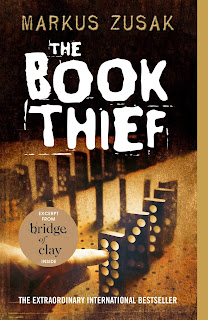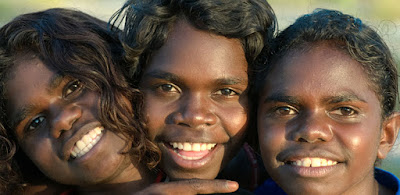[Novel] The Power of Words in "The Book Thief"

In The Book Thief by Markus Zusak, the power of words is felt throughout the novel. Narrated by Death, The Book Thief is the story of Liesel Meminger, a nine-year-old German girl who is given up by her mother to live with Hans and Rosa Hubermann in the small town of Molching in 1939, shortly before World War II. Liesel attends the local school where she is bullied because she cannot read. Hans teaches her to read at night, Liesel quickly understands the power of the written word and falls in love with books. The novel is set in Germany during World War II, under Hitler’s regime. Because Liesel Meminger is living in the middle of Hitler’s influence. His words are controlling large groups of people. Germany is at war with people who do not fit the prescribed model of a person. Jewish people are being rounded up and taken to be executed and a young Jewish man comes to live with the Hubermann, Max. During this war that began from words, Liesel learns the power of words in a dif





